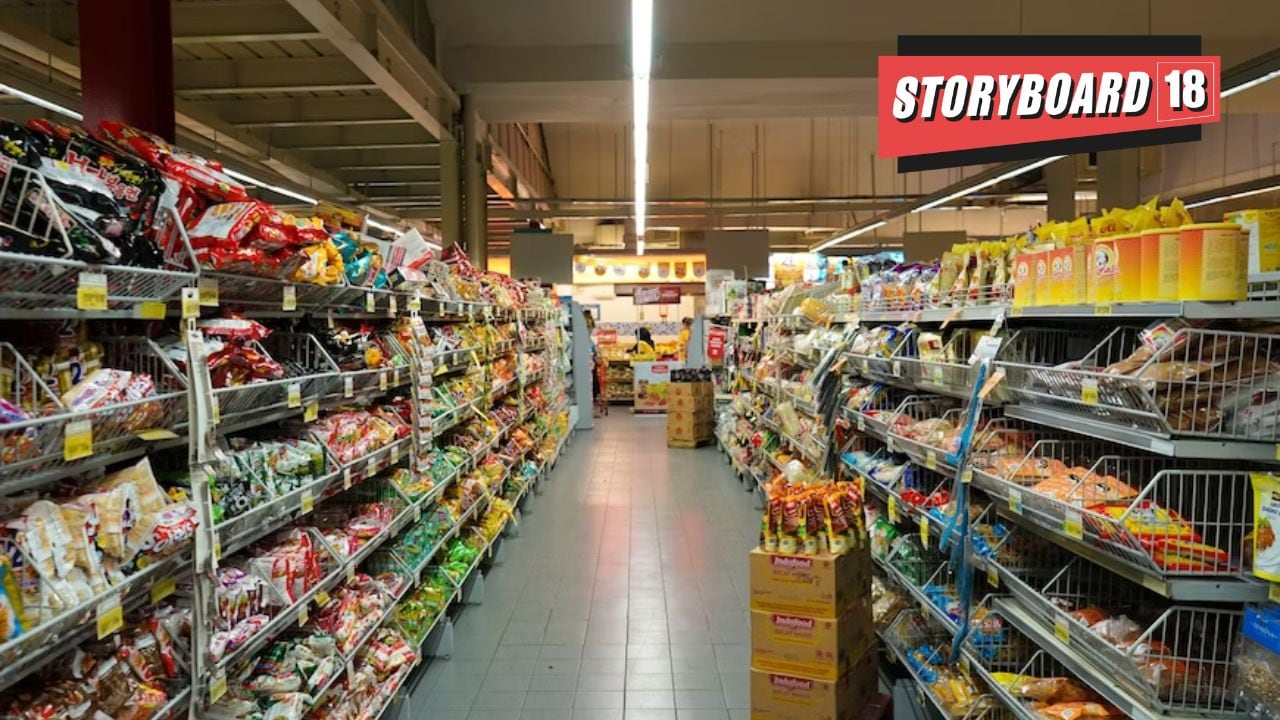India’s headline retail inflation rate snapped its four-month falling streak and rose to 4.81 percent in June from 4.31 percent in May, pushed up by a rise in vegetable prices and fading away of the favourable base effect, data released by the Ministry of Statistics and Programme Implementation on July 12 showed.
At 4.81 percent, the Consumer Price Index (CPI) inflation print for June takes the average for the first quarter of 2023-24 to 4.6 percent – in line with the Reserve Bank of India’s (RBI) forecast.
The latest inflation number is above economists’ expectations of 4.6 percent.
While CPI inflation extended its stay within the RBI’s tolerance band of 2-6 percent to four months, it has now been above the central bank’s medium-term target of 4 percent for 45 months in a row.
Inflation internals
Higher food prices drove inflation higher in June, with the Consumer Food Price index of the CPI rising 2.5 percent month-on-month. Leading the charge were vegetable prices, whose index jumped 12.2 percent from May, even though the year-on-year inflation rate of -0.93 percent showed vegetable prices were lower compared to June 2022.
Other food items to post a significant month-on-month rise in prices included meat and fish (3.8 percent), pulses (3.4 percent), eggs (5.5 percent), and spices (2.3 percent). On the whole, food inflation surged to 4.49 percent from 2.96 percent in May.
The weakening of the favourable base effect, which had helped drag down CPI inflation to a 25-month low in May, also contributed to the rise in June.
The price momentum for items other than food was more subdued. While the index for clothing and footwear was up 0.4 percent month-on-month, that for the miscellaneous category – which comprises certain services and household goods – increased by 0.3 percent. An even lower increase of 0.1 percent was recorded by the fuel and light category, while the index for housing declined sequentially for the first time in six months.
Core inflation – or inflation excluding food and fuel items – was largely unchanged from May’s 5.1 percent, as per Moneycontrol’s calculations.
Outlook and policy impact
While the retail inflation rate was expected to rise in June, the ongoing heavy rains – following sub-par monsoon in June – is expected to further push up food prices.
“Amidst the ongoing excess rainfall in North India, the surge in the prices of perishables, particularly vegetables, is likely to harden the food inflation further in the immediate term. Besides, the impact of El Nino on monsoons and sowing in India needs to be carefully monitored,” said Aditi Nayar, chief economist at ICRA.
Nayar expects the surge in vegetable prices to further push up CPI inflation to an “uncomfortable” 5.3-5.5 percent in July, data for which will be released on August 14. This could contribute to the RBI’s inflation forecast of 5.2 percent for July-September being exceeded.
Economists say that while the RBI can’t do anything to mange food prices, the situation has got more difficult.
“There isn’t much RBI can do in the food supply management but this adds pressure on them to stay vigilant on domestic dynamics. Global externalities have already pressed them to signal a wait-and-watch guidance and the transient food spike will only complicate their reaction function,” said Madhavi Arora, lead economist at Emkay Global Financial Services.
The RBI’s Monetary Policy Committee, which has left the repo rate unchanged at 6.5 percent in its last two meetings, is scheduled to meet next from August 8 to 10. No rate action is expected despite the committee emphasising on June 8 that it stood ready to take further monetary action, if needed, to keep inflation expectations firmly anchored and to bring down inflation to the 4 percent target.
“RBI is cognizant about the seasonal nature of these price movements and will not deviate any significantly from its envisioned path regarding policy rates,” said Debopam Chaudhuri, chief economist at Piramal Enterprises.
“At a time when we are hearing nascent discussions around raising inflation targets by central banks in developed markets owing to sticky inflation at high levels, India is less than 100 basis points away from its target of 4 percent,” he added.
